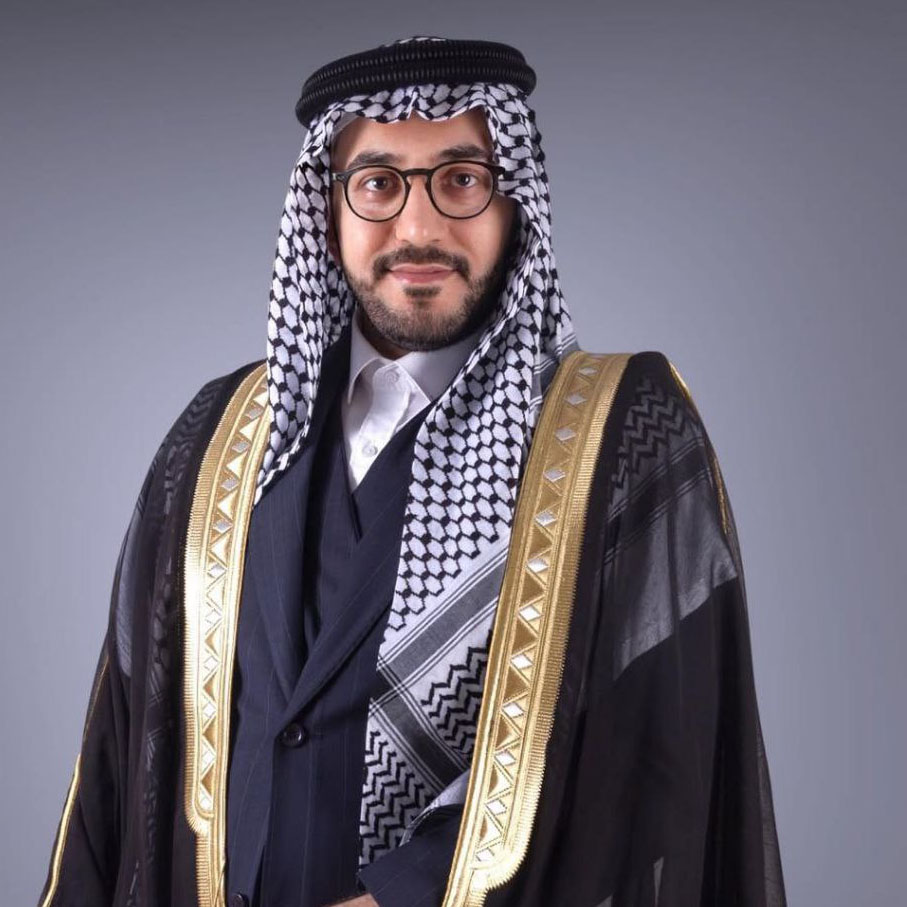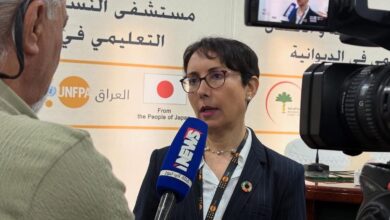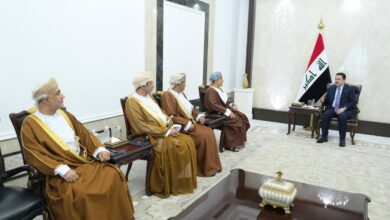Iraqi culture is diverse and vibrant, encompassing a wide range of aspects including cuisine, language, traditional clothing, and more. The traditional Iraqi attire is a prominent element of the country’s cultural heritage.
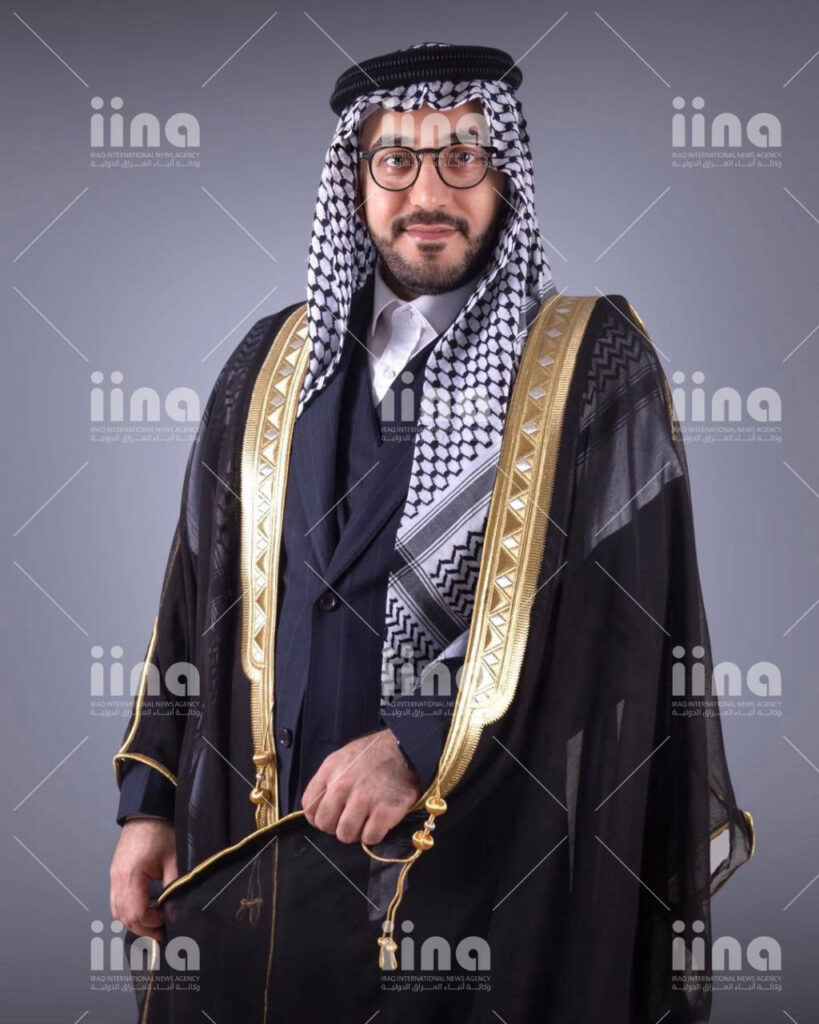
Men’s traditional clothing consists of a dishdasha, bisht, and a headscarf and an agal. Also known as a thobe across other Arab countries, the dishdasha is an ankle length mens robe, typically long sleeved. Across Iraq it is most common to see it in the colour white, although there are many variations.
The bisht, a word of Persian origin meaning ‘to go on one’s back’, is a traditional men’s cloak. It is popular in Iraq, as well as Saudi Arabia and other Gulf countries. It is generally reserved for special occasions and can range in colour from beige, black, brown and white.
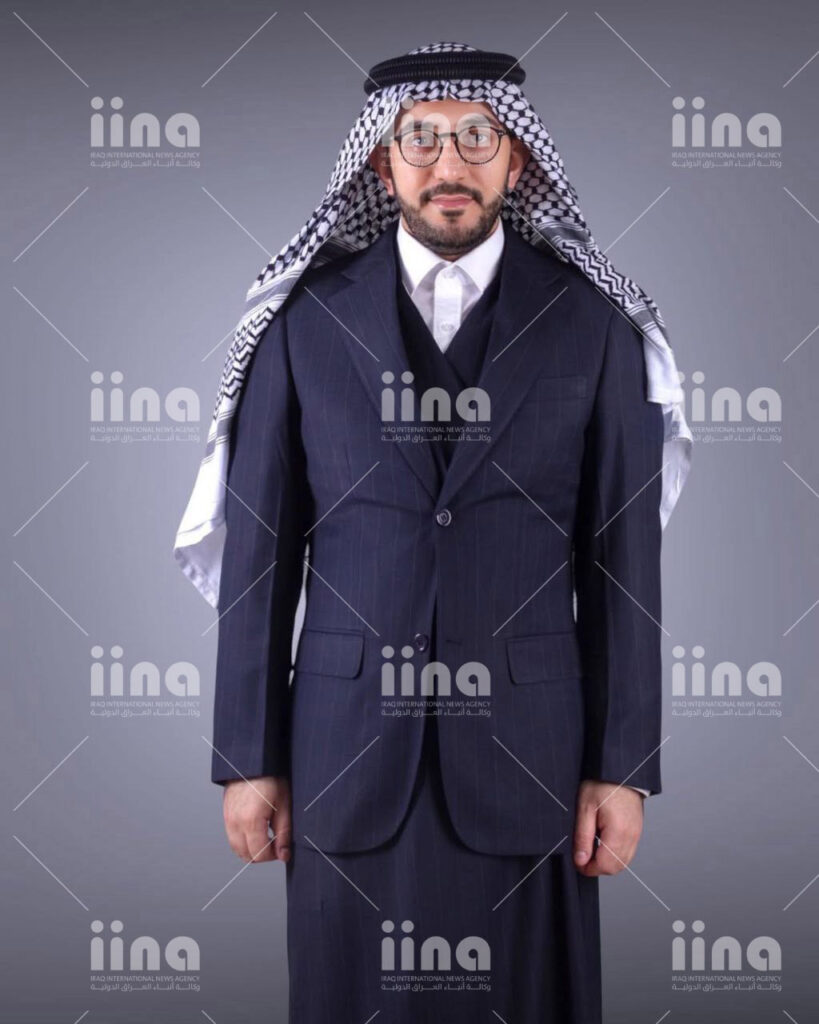
The headscarf and agal go hand in hand. Variations of men’s head scarves exist all over the Middle East, and go by different names. In Iraq, it is typically called a ghutra, whilst in the Levant it is more commonly referred to as a ‘keffiyeh’. The agal is a black cord which helps to secure the scarf in place.
Together, these garments represent dignity and social standing and are worn during public celebrations and formal events.
Despite modern lifestyle changes, traditional clothing continues to be present in national occasions and heritage exhibitions. Preserving this attire plays a vital role in reinforcing cultural heritage and practices amongst newer generations.
- Published: 16th April 2025
- Location: Baghdad
- Country: Iraq
- Editor: Noor Mohammed Mohsen
- Category: Culture

